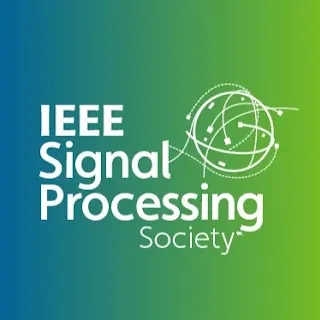ICASSP 2024 Speech Signal Improvement Challenge: ICASSP 2024
The ICASSP 2024 Speech Signal Improvement Challenge is intended to stimulate research in the area of improving the speech signal quality in communication systems. The speech signal quality can be measured with SIG in ITU-T P.835 and is still a top issue in audio communication and conferencing systems.

